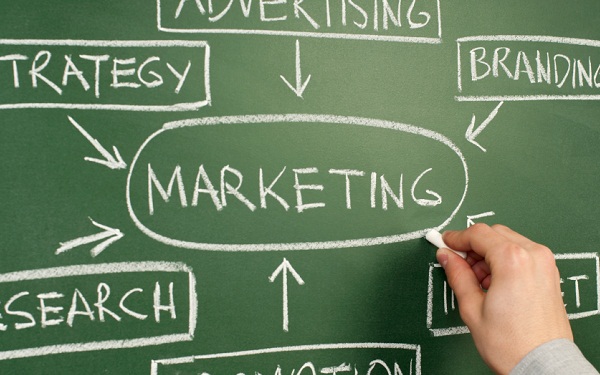Working with my team composed of Shane, Hilary, Winnie, and Hannah for the marketing mix assignment has been wonderful. While the objective of the project was to apply the marketing concepts learned in class to a specific company, which was SunRype in our case, I was able to learn how different people were suited for different roles in marketing.
I had always thought that marketing was just for the creative individuals who didn’t want to perform quantitative analysis. However, in the initial stages of the project, it became apparent that Shane and I, the two most quantitative members of the team, had a huge undertaking researching numerical figures to perform a situational analysis in the juice industry.
Part two and three of the assignment were dominated by Hilary, Winnie, and Hannah who were able to come up with creative ideas to encapsulate information provided by the situational analysis.
I had no idea that the project would be so difficult due to the fact that the most difficult aspect of marketing wasn’t the research or the creation of ideas, but trying to combine the two aspects into one.
It was apparent to me that only focusing on the numbers and research was inhibiting me from understanding the holistic scope of the project. So, I participated in some of the creative processes and actually took part in creating the story board (using design techniques). I was then able to understand the apprehension my fellow teammates felt in implementing some of the ideas Shane and I had come up with during the research process. They were simply implausible to implement as the artistic rendition of the research would’ve been too complicated to physically create.
So, everyone worked together in the end to find the most prevalent issues that could be accurately presented on the story board. This allowed me to understand that marketing is the perfect fusion of quantitative analysis and the creative process.
Thank you for a great year Tamar!















